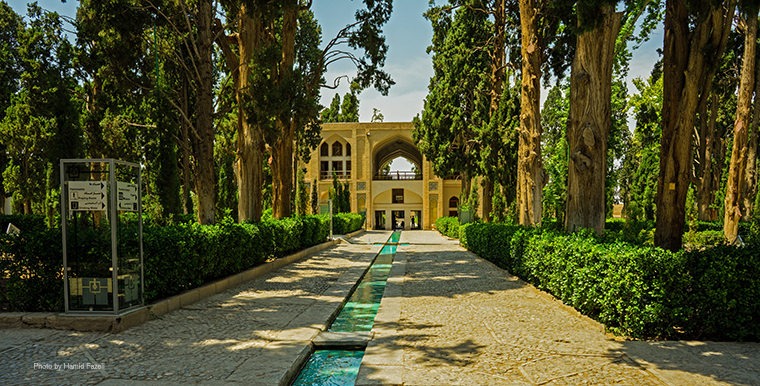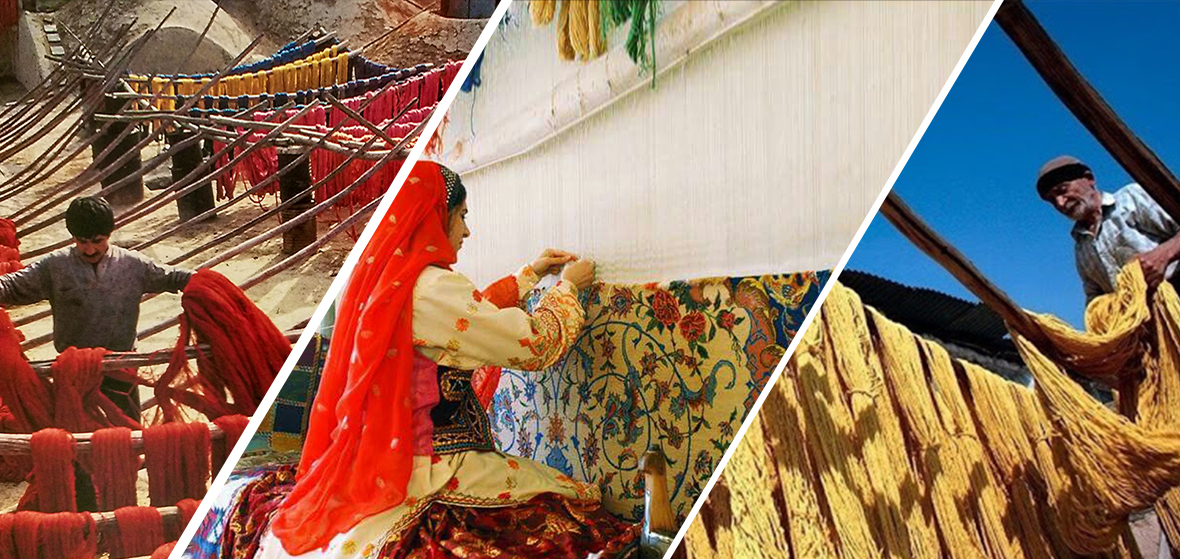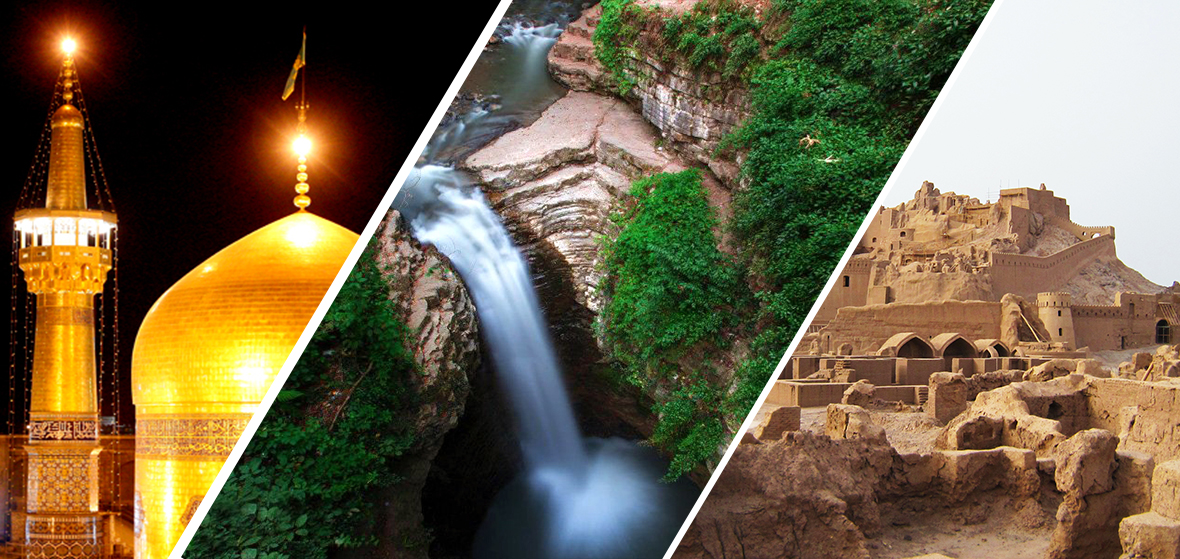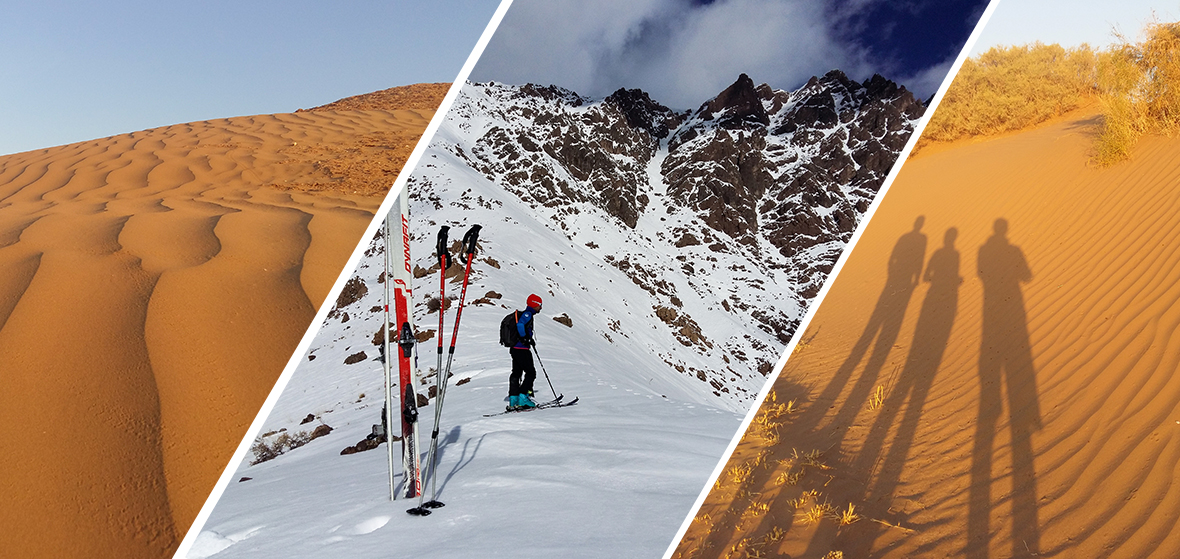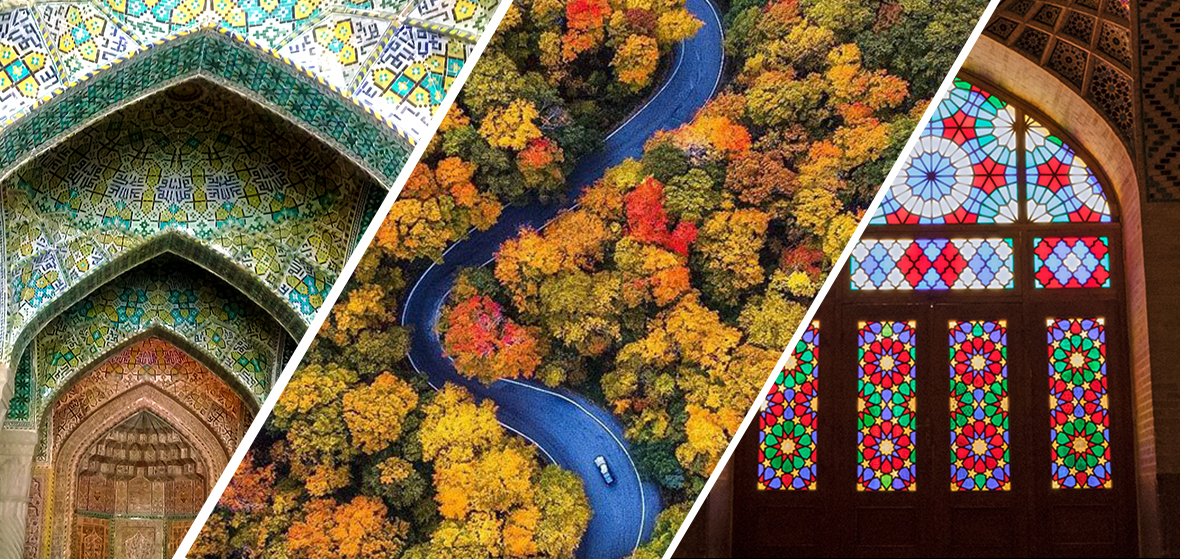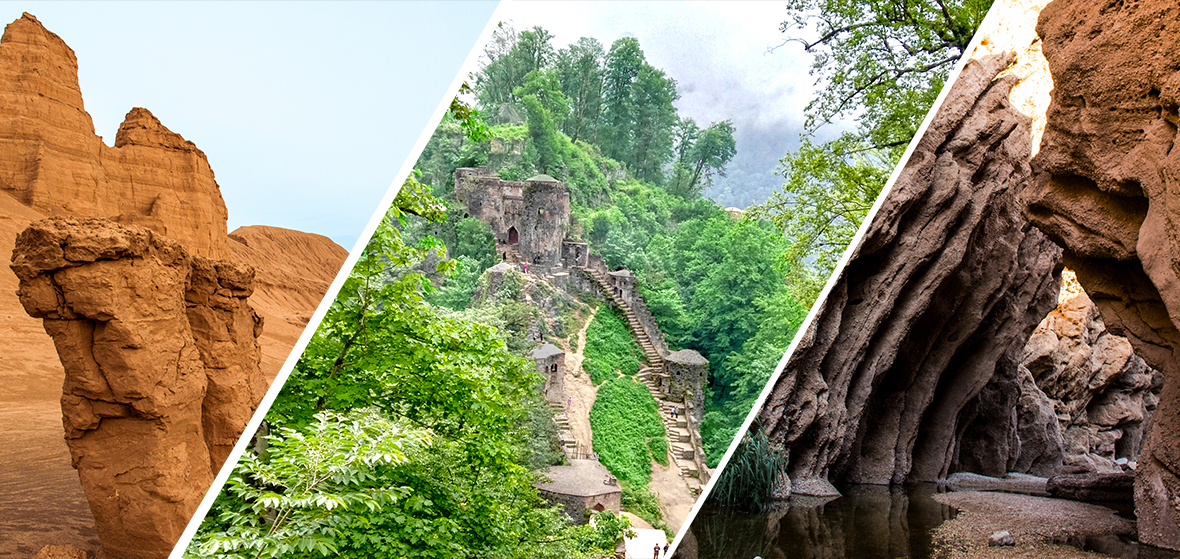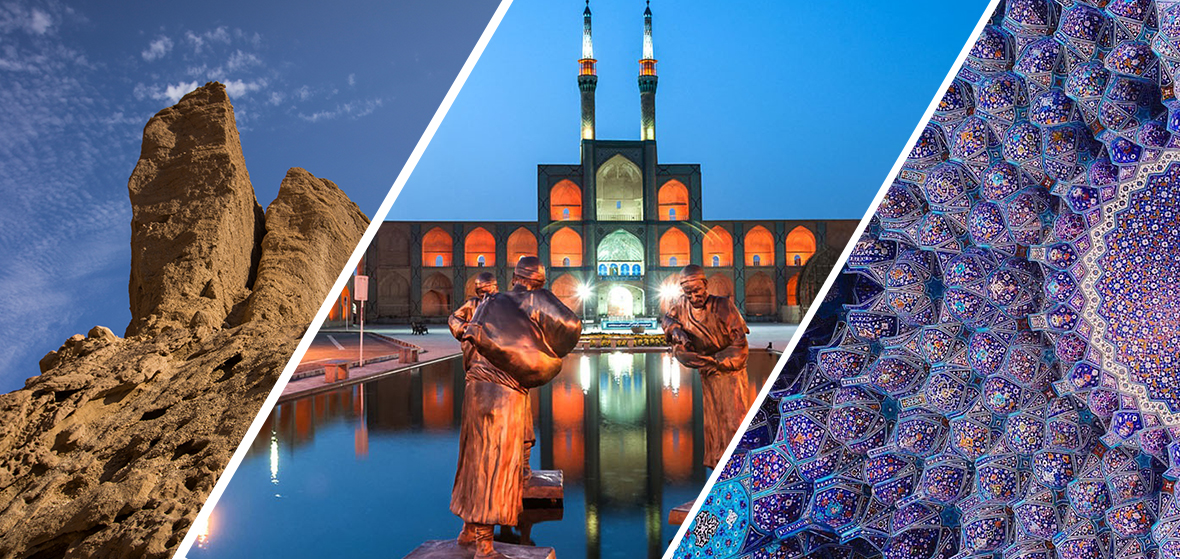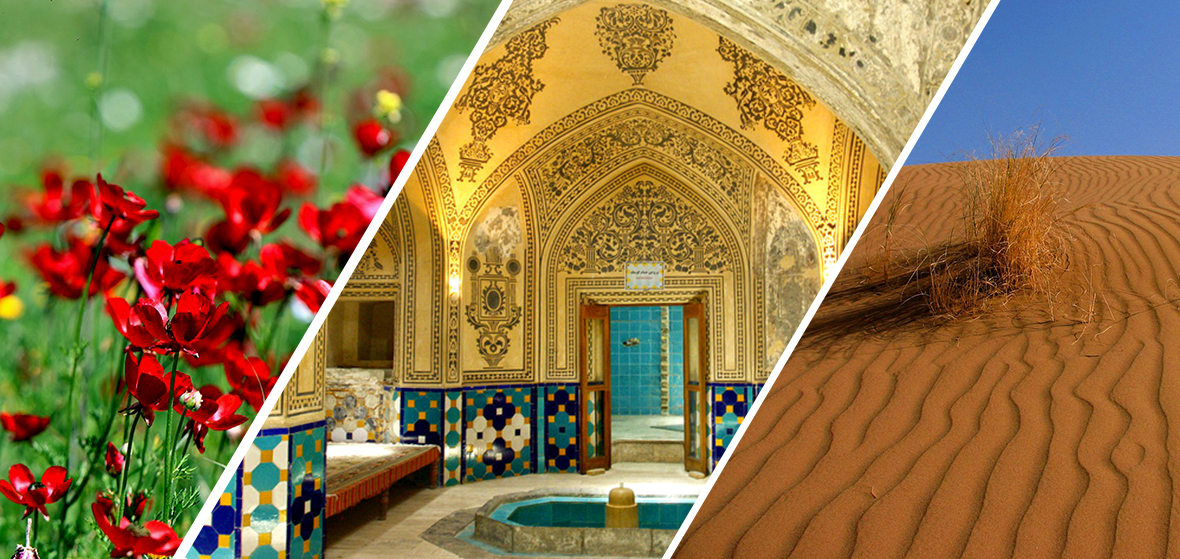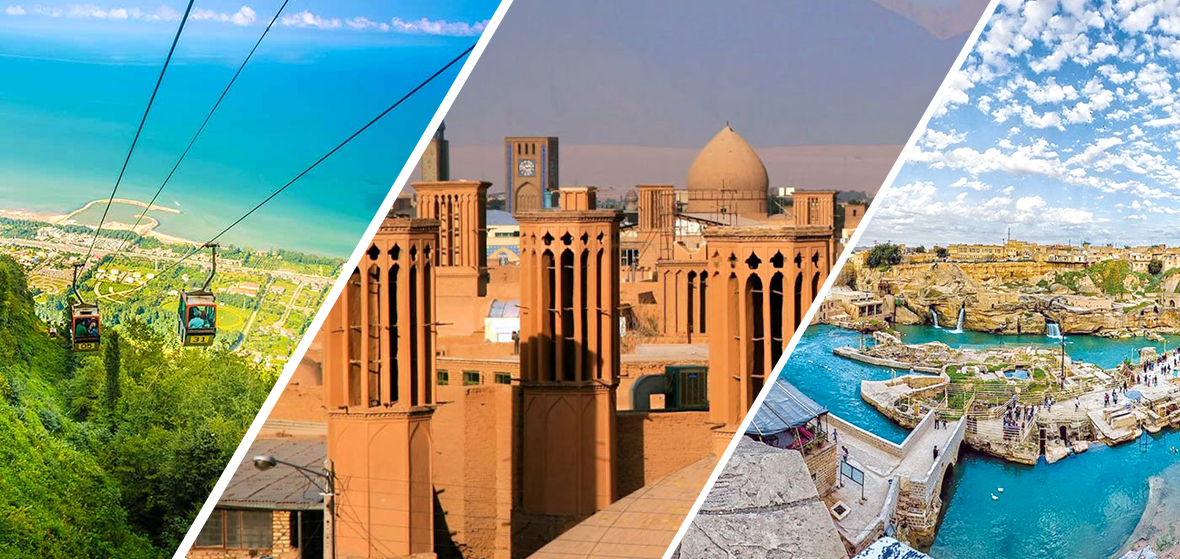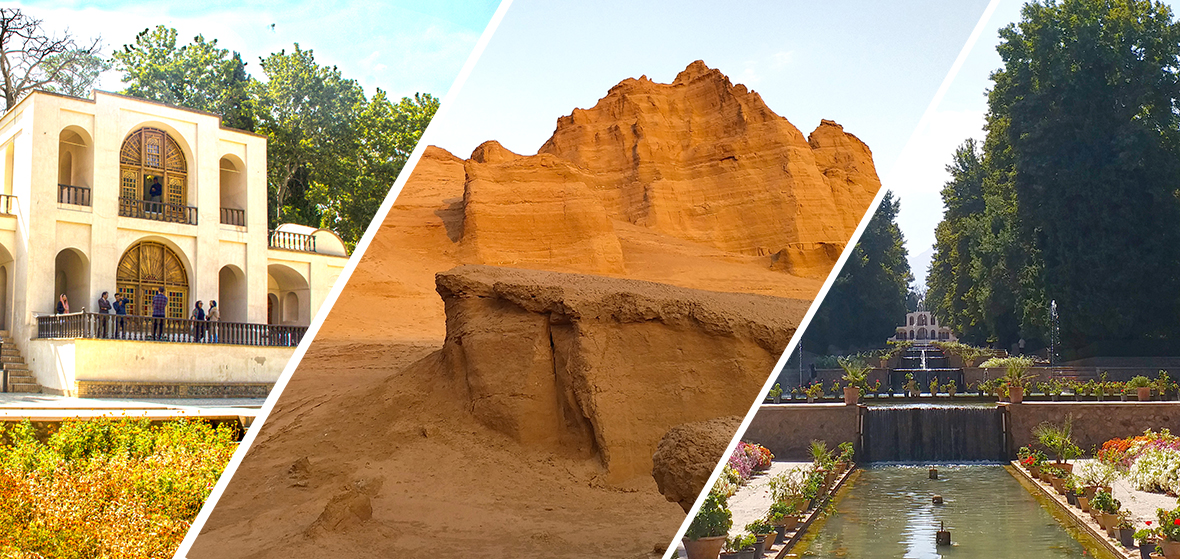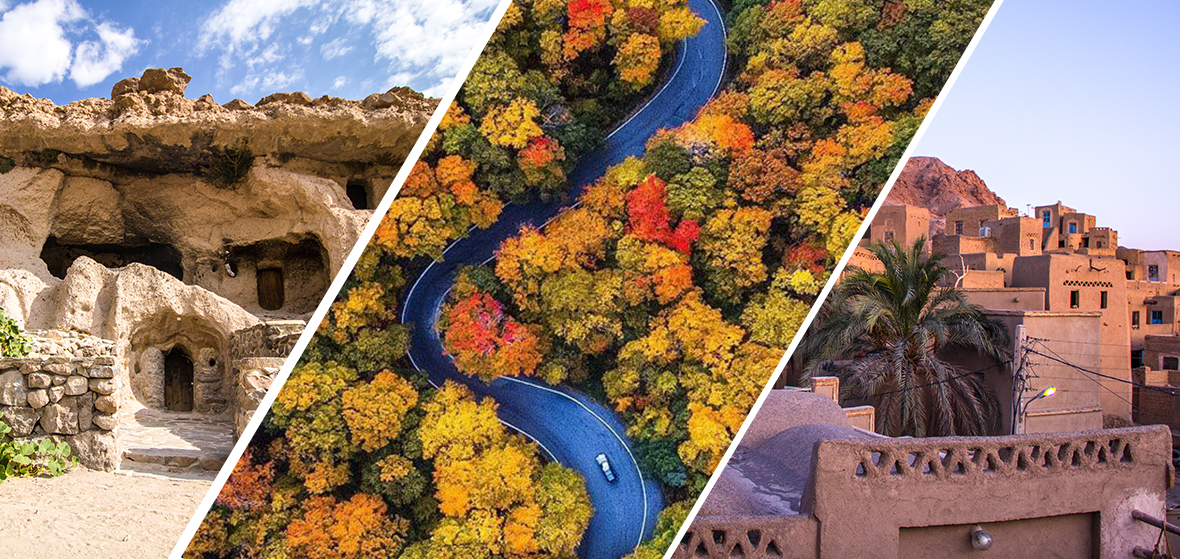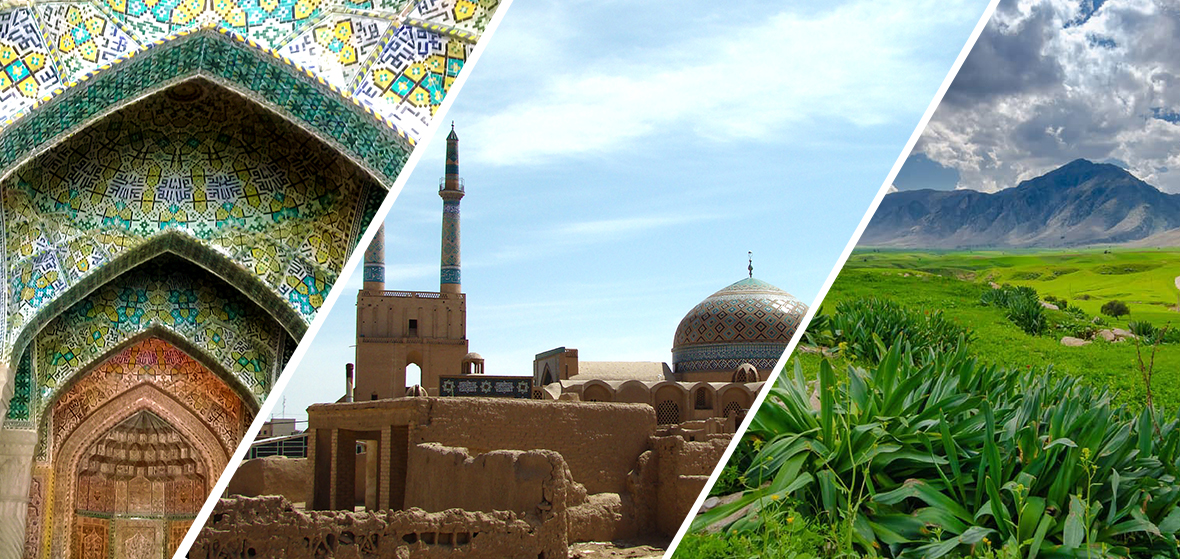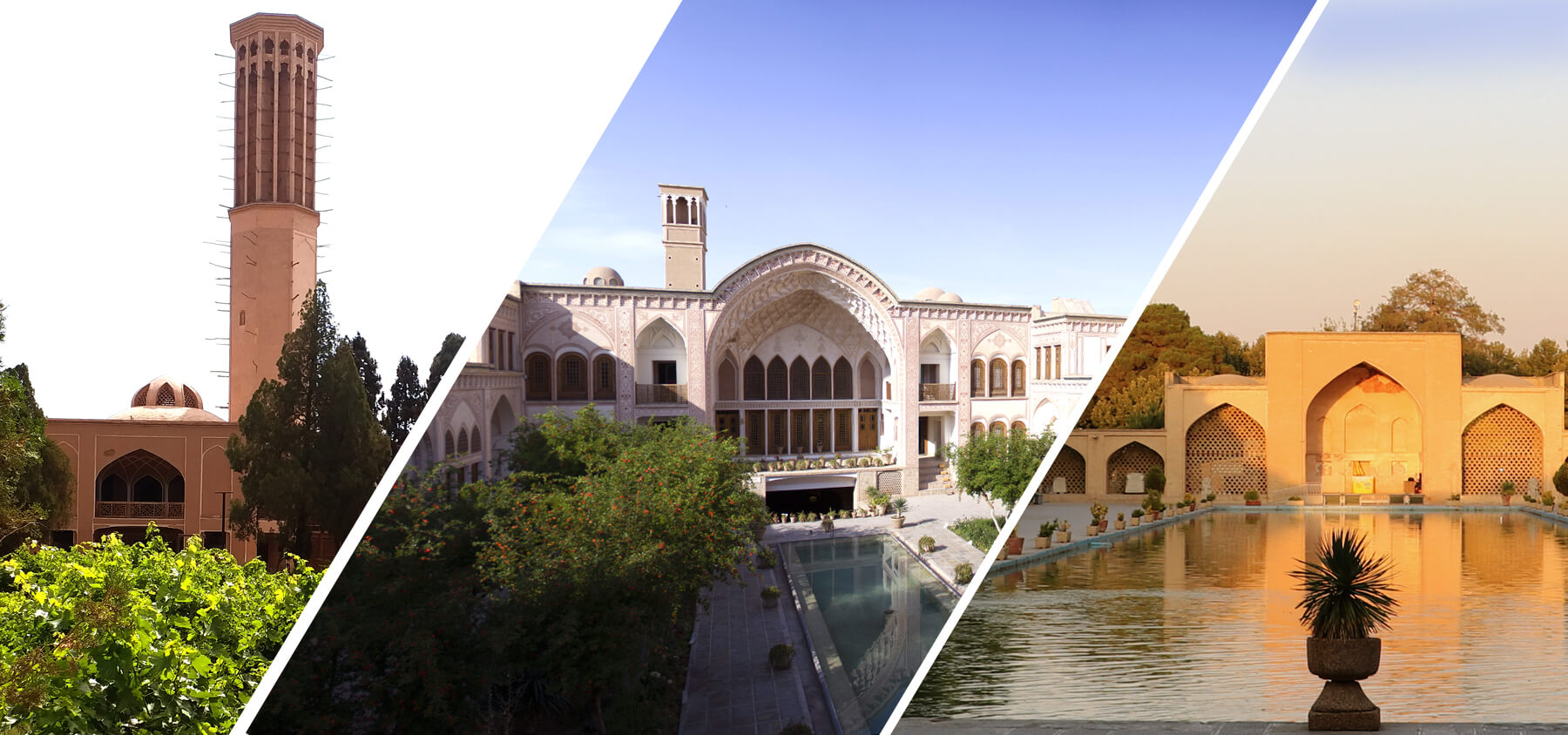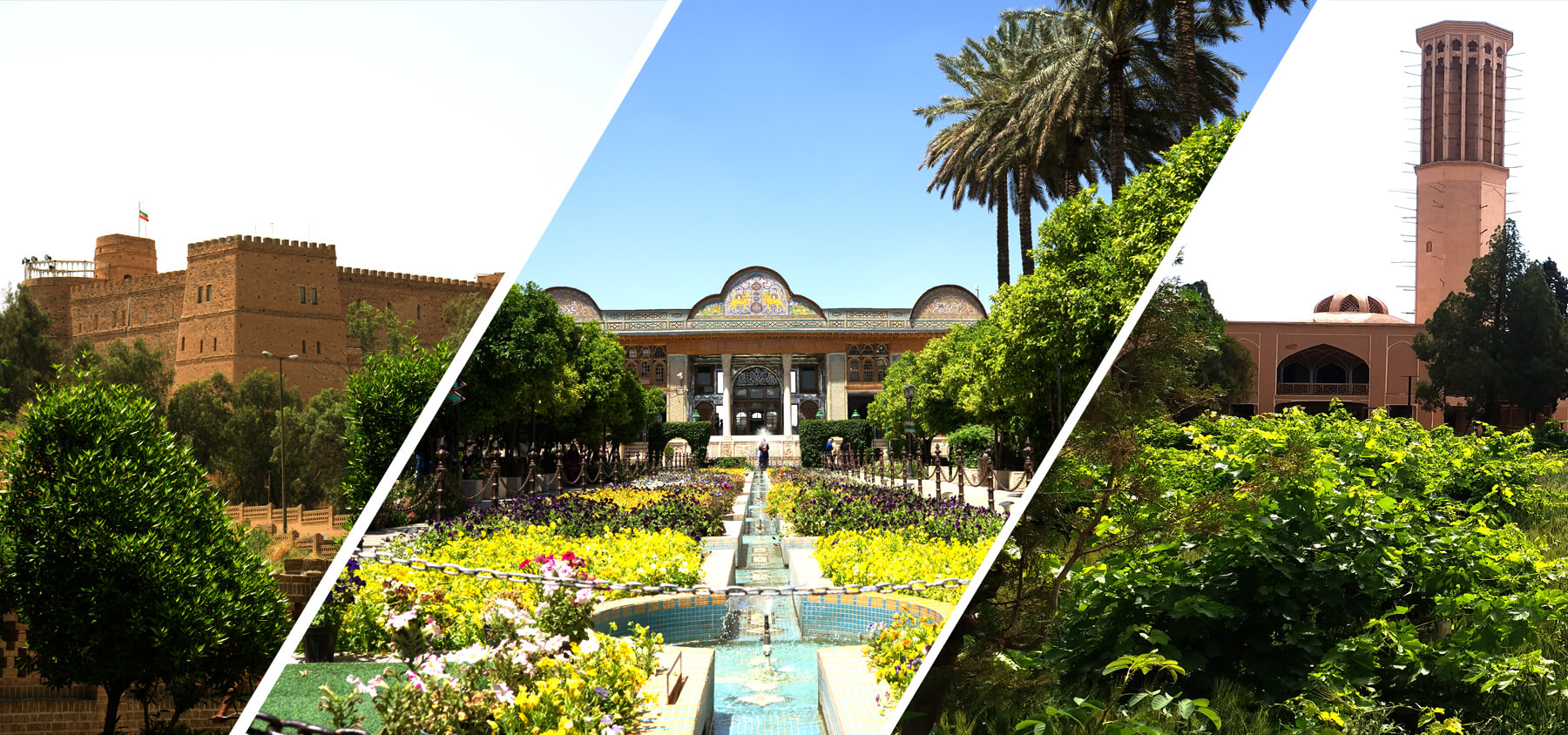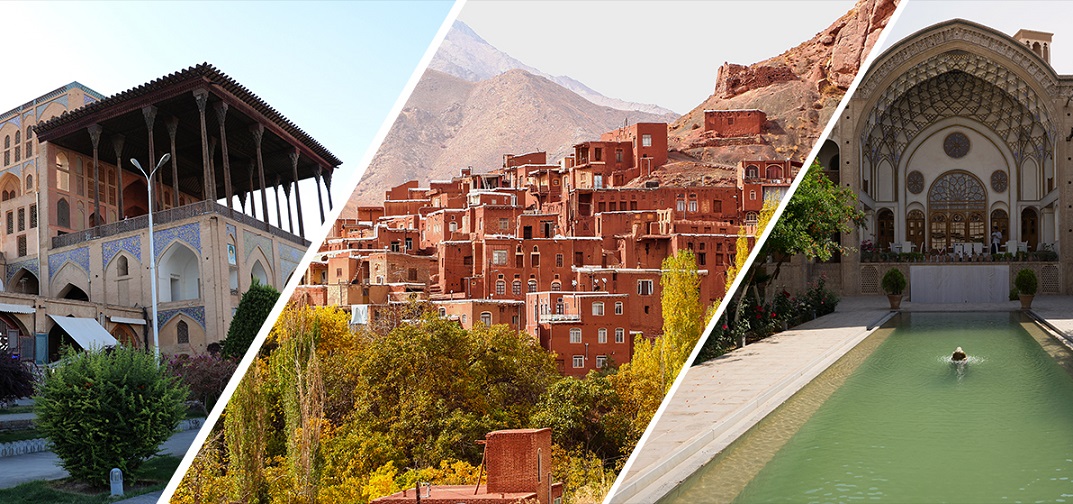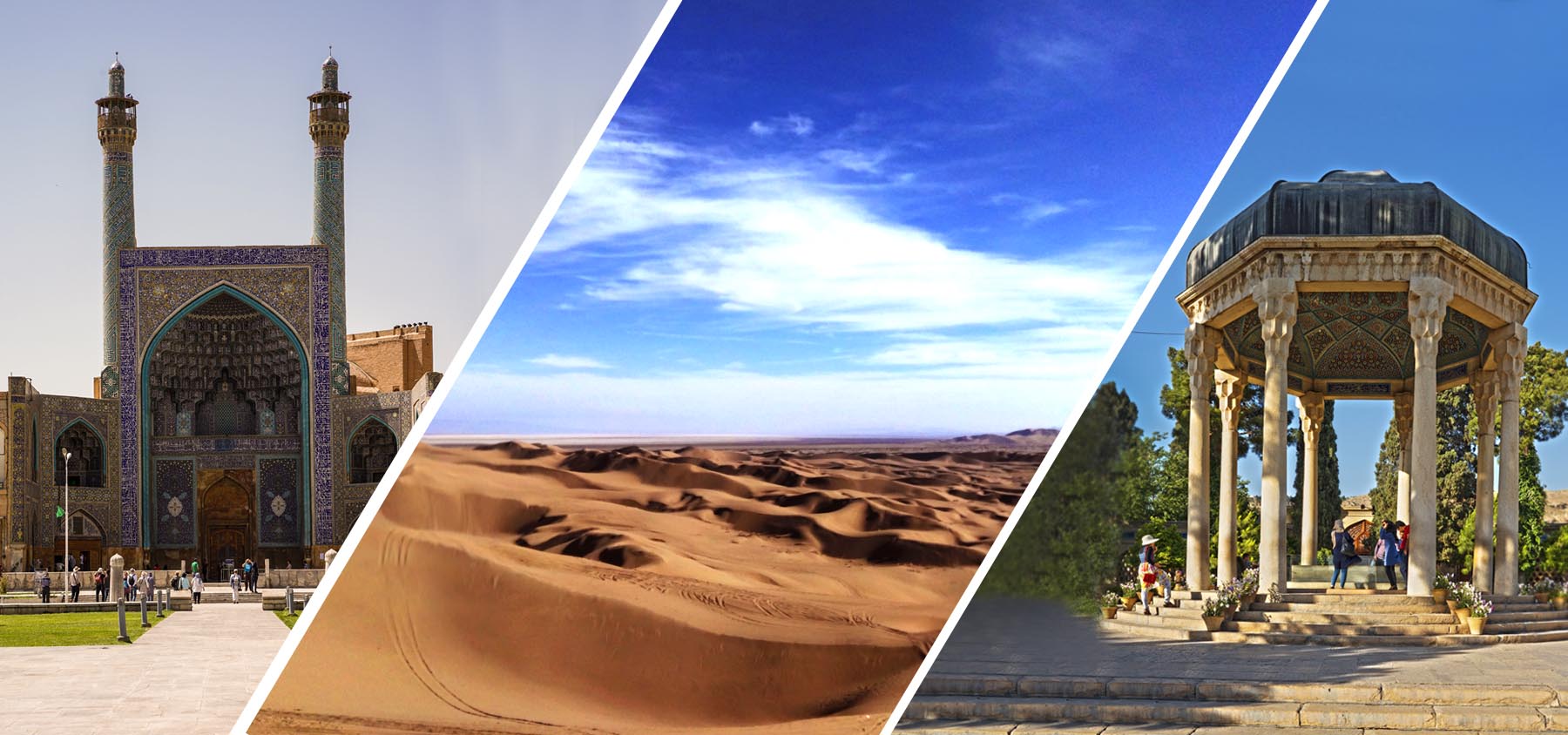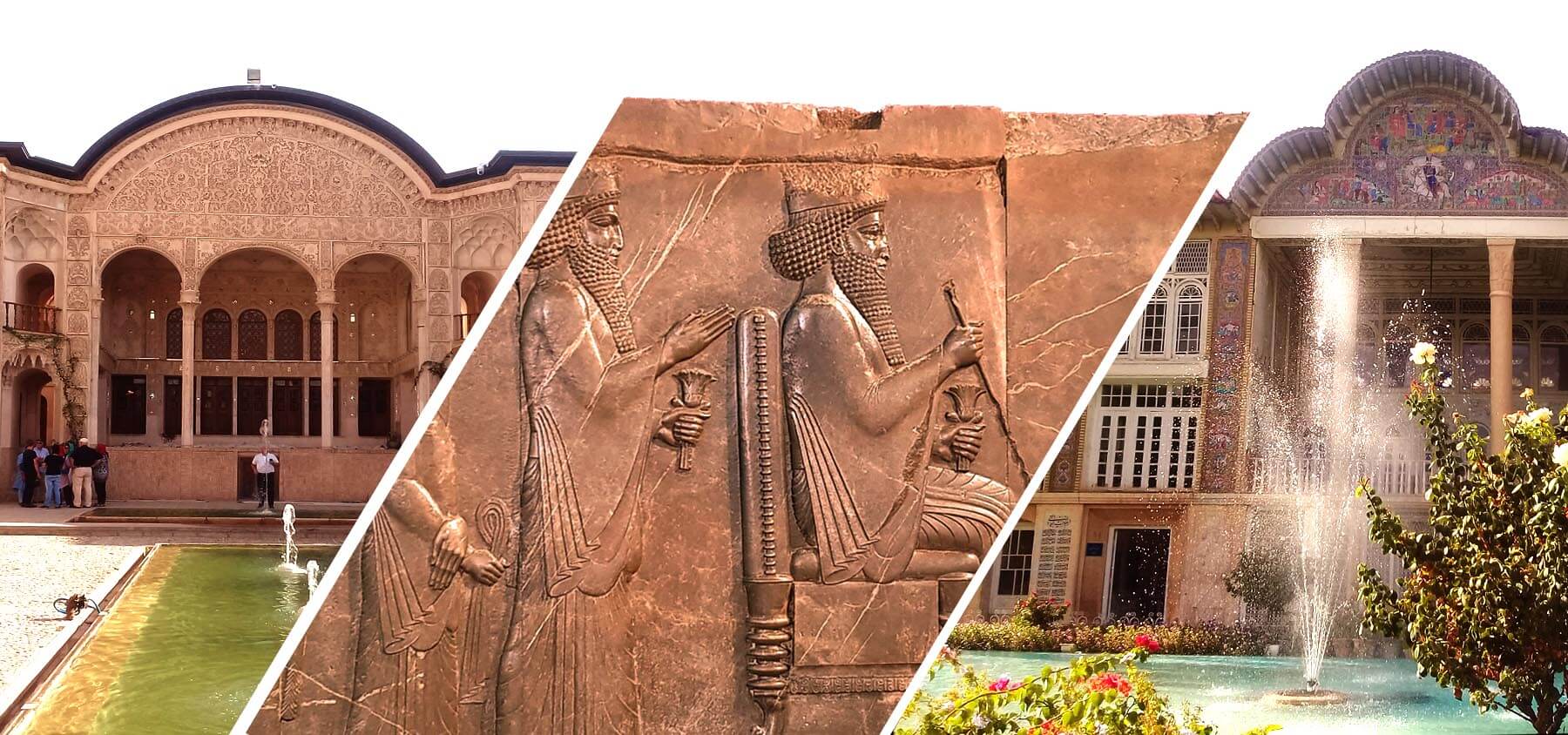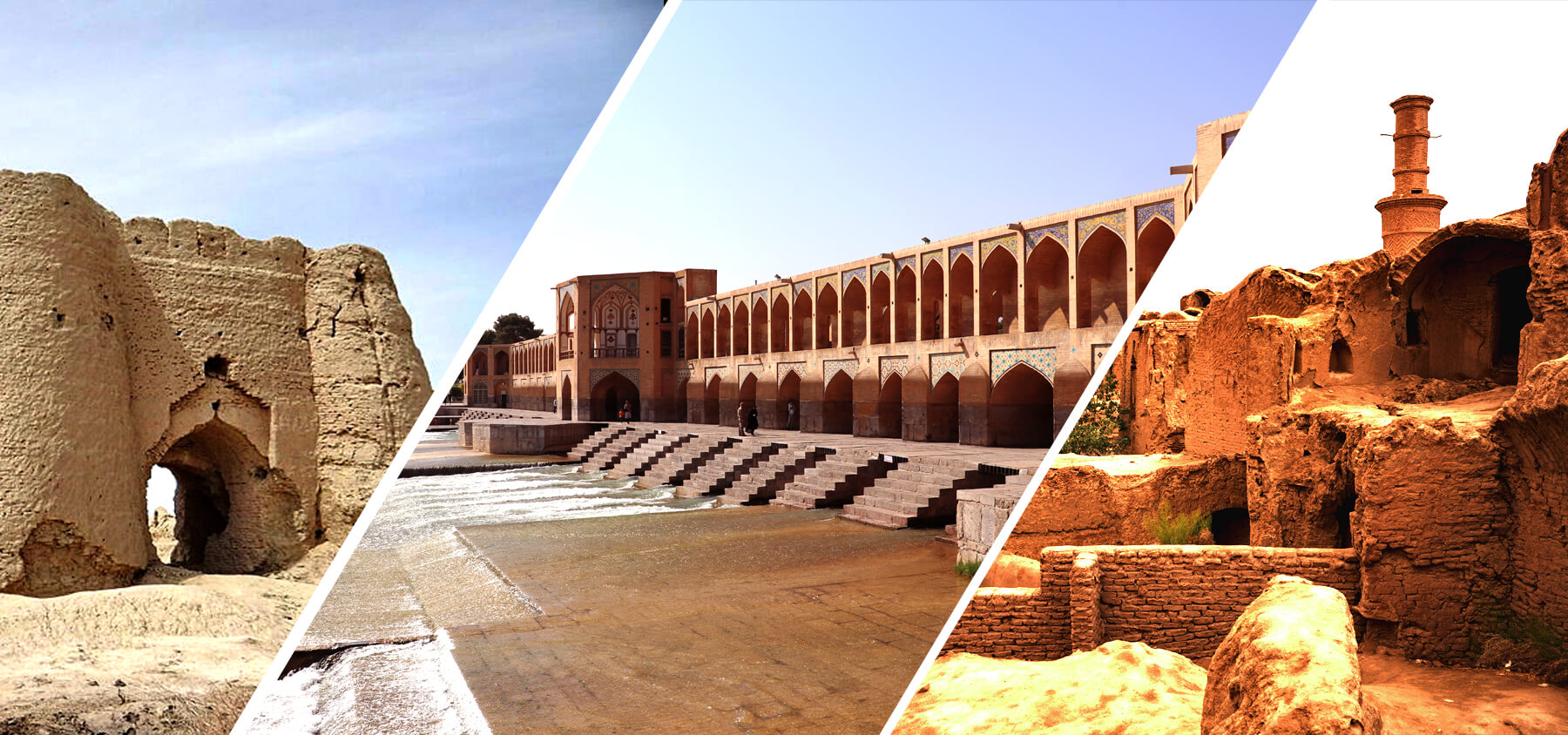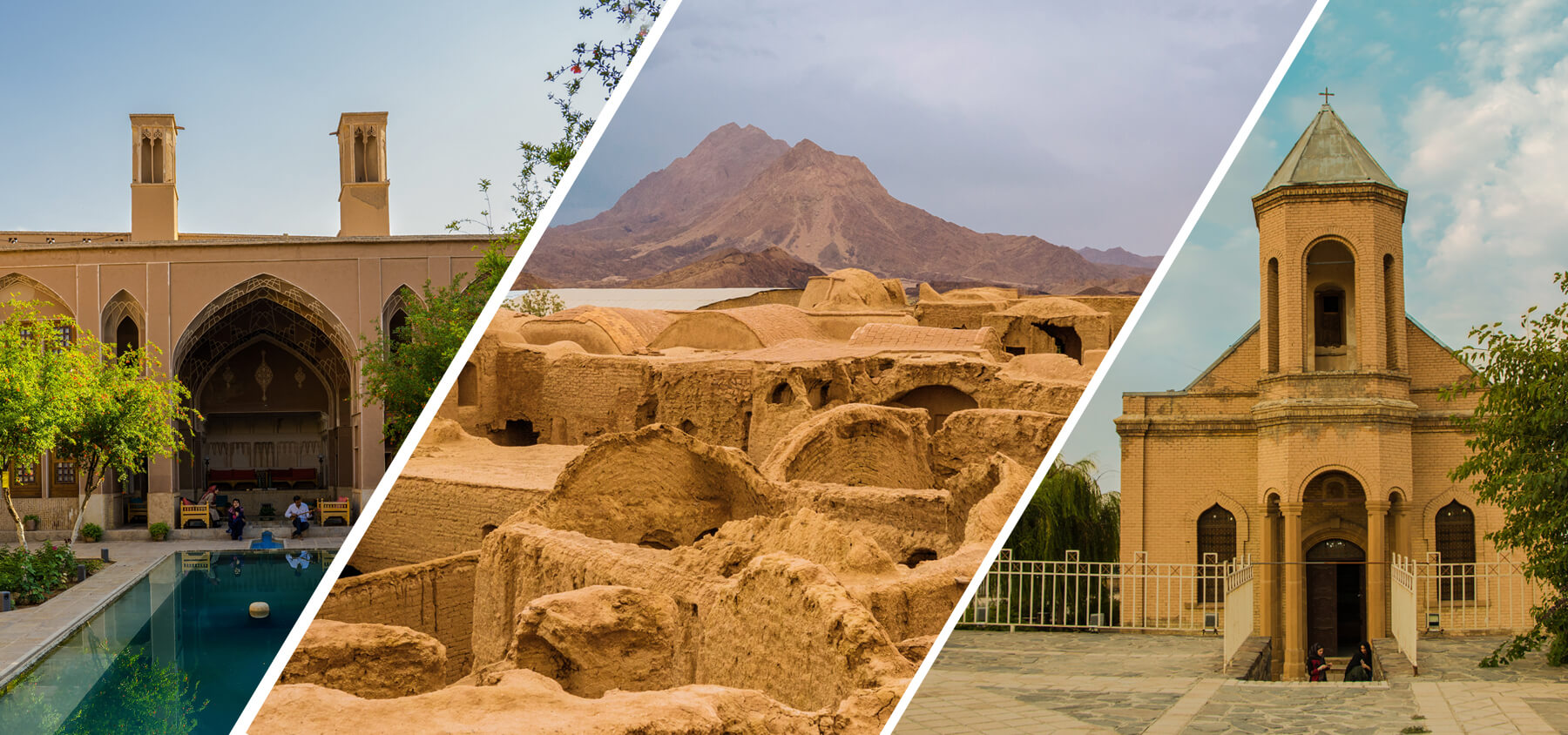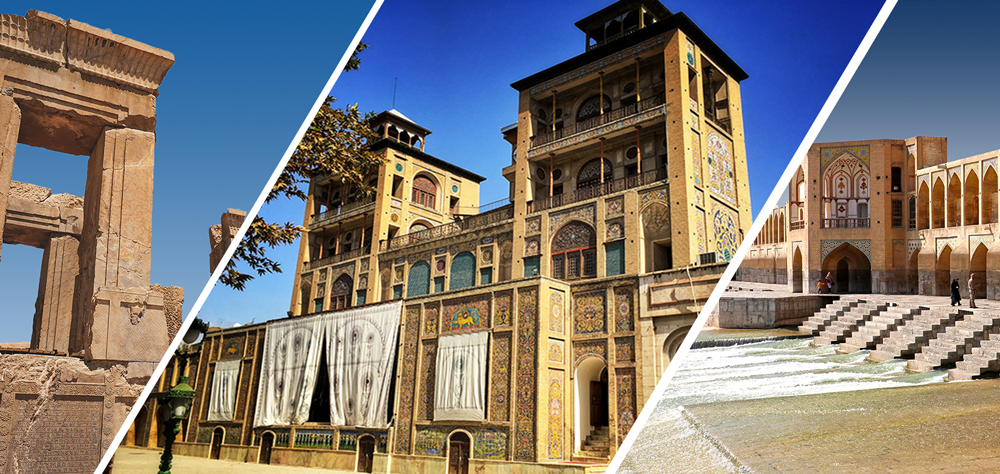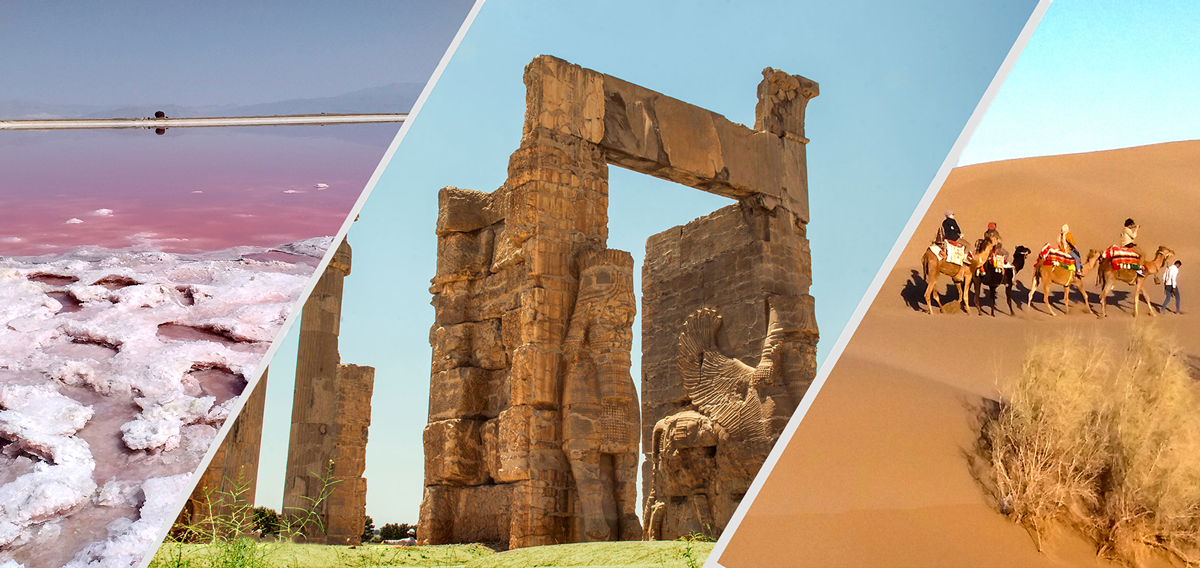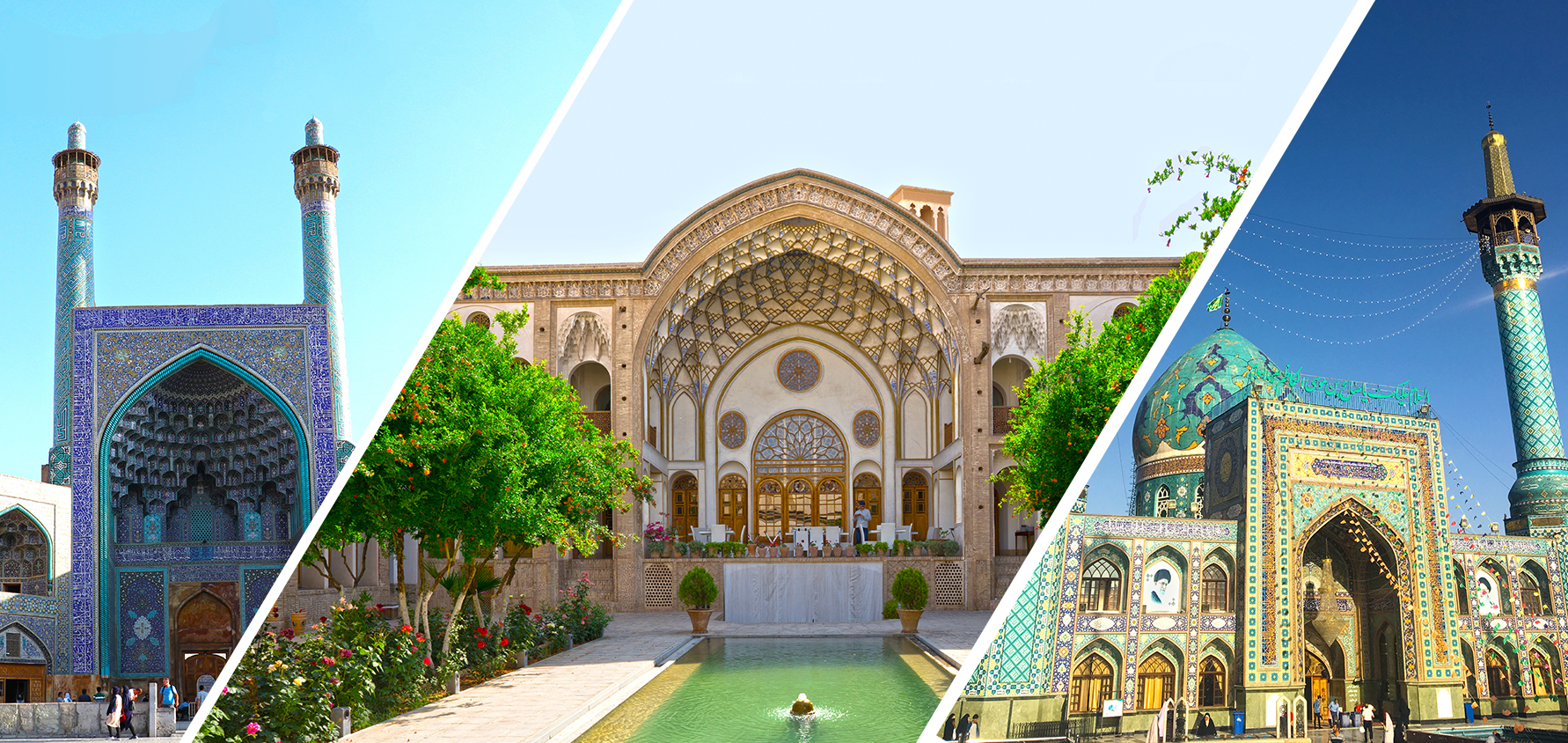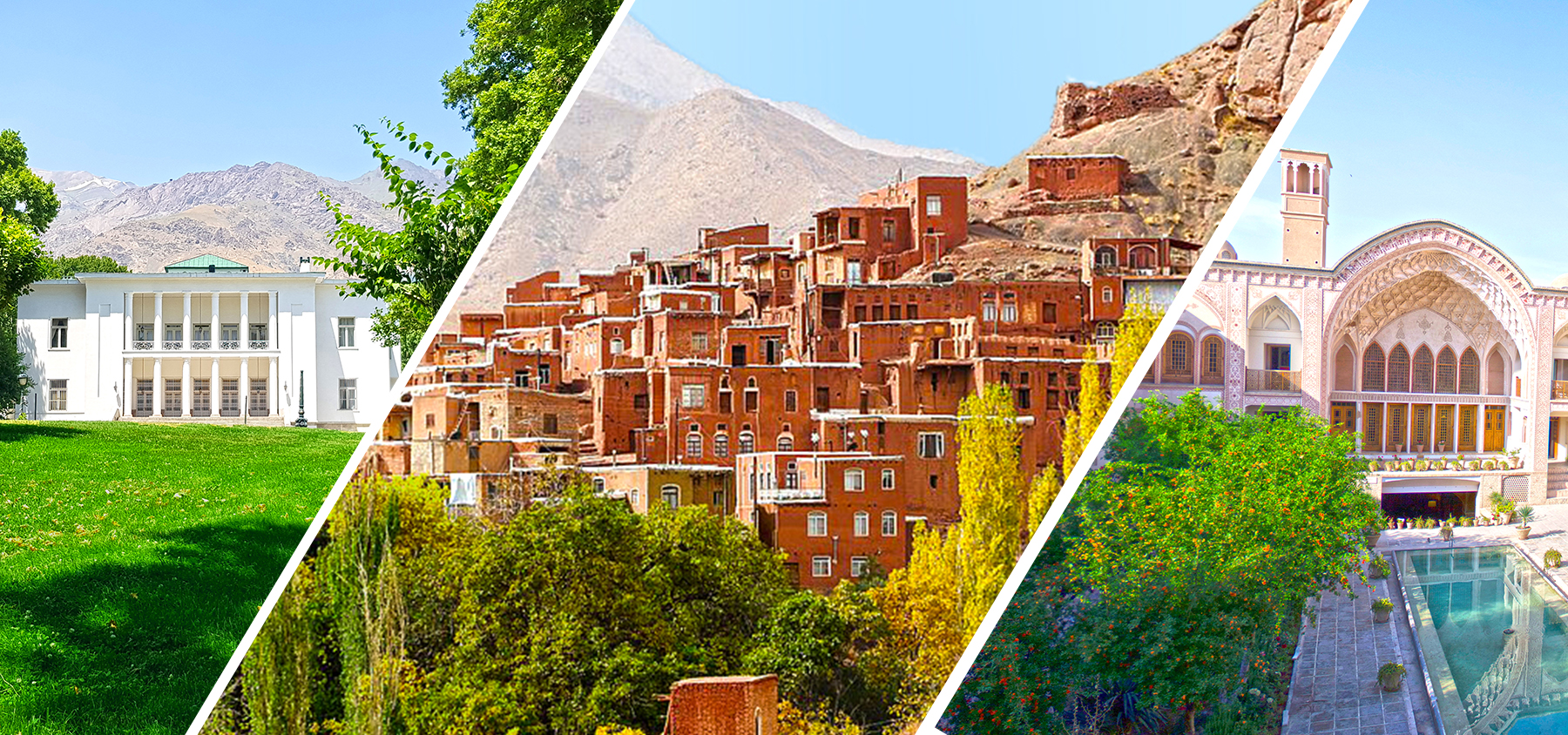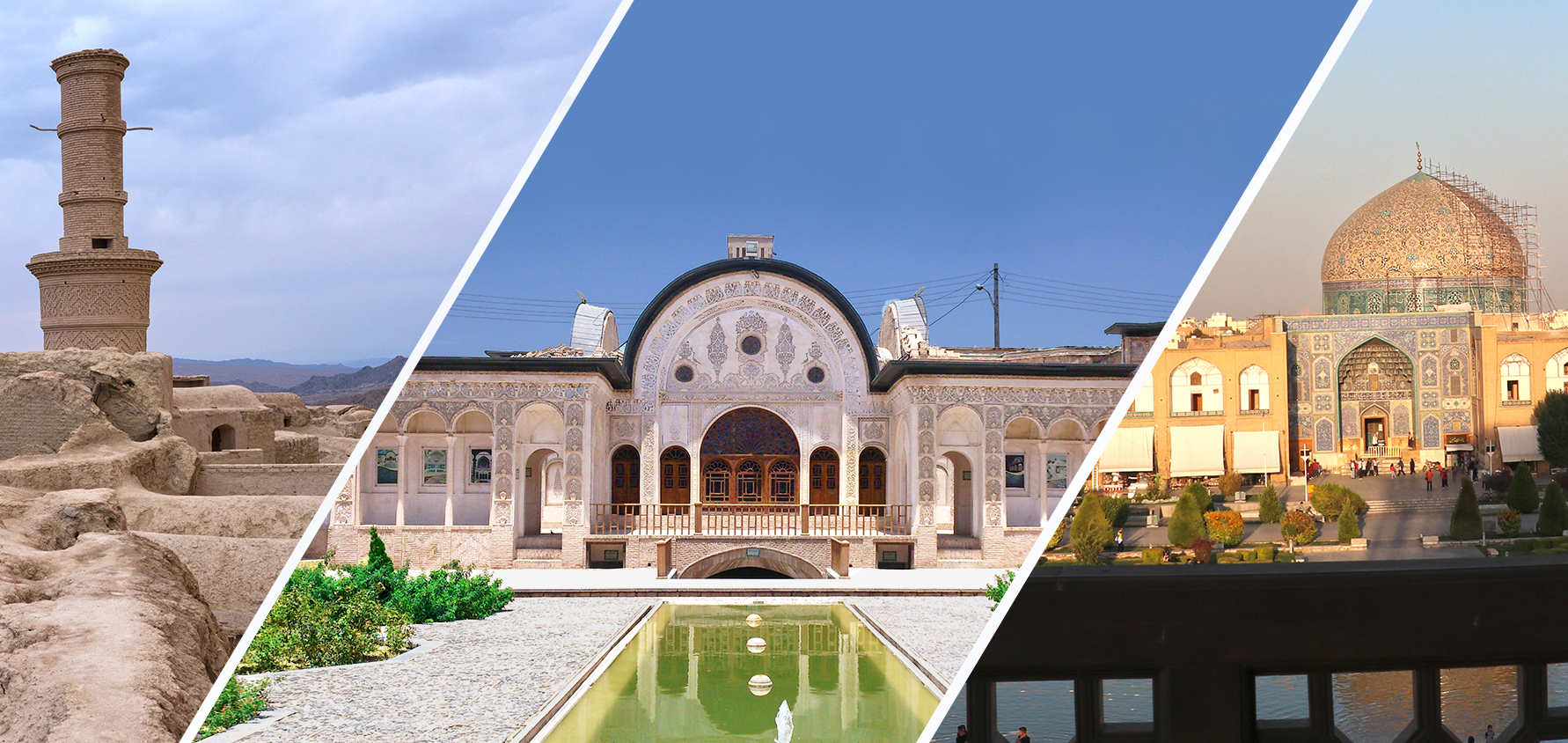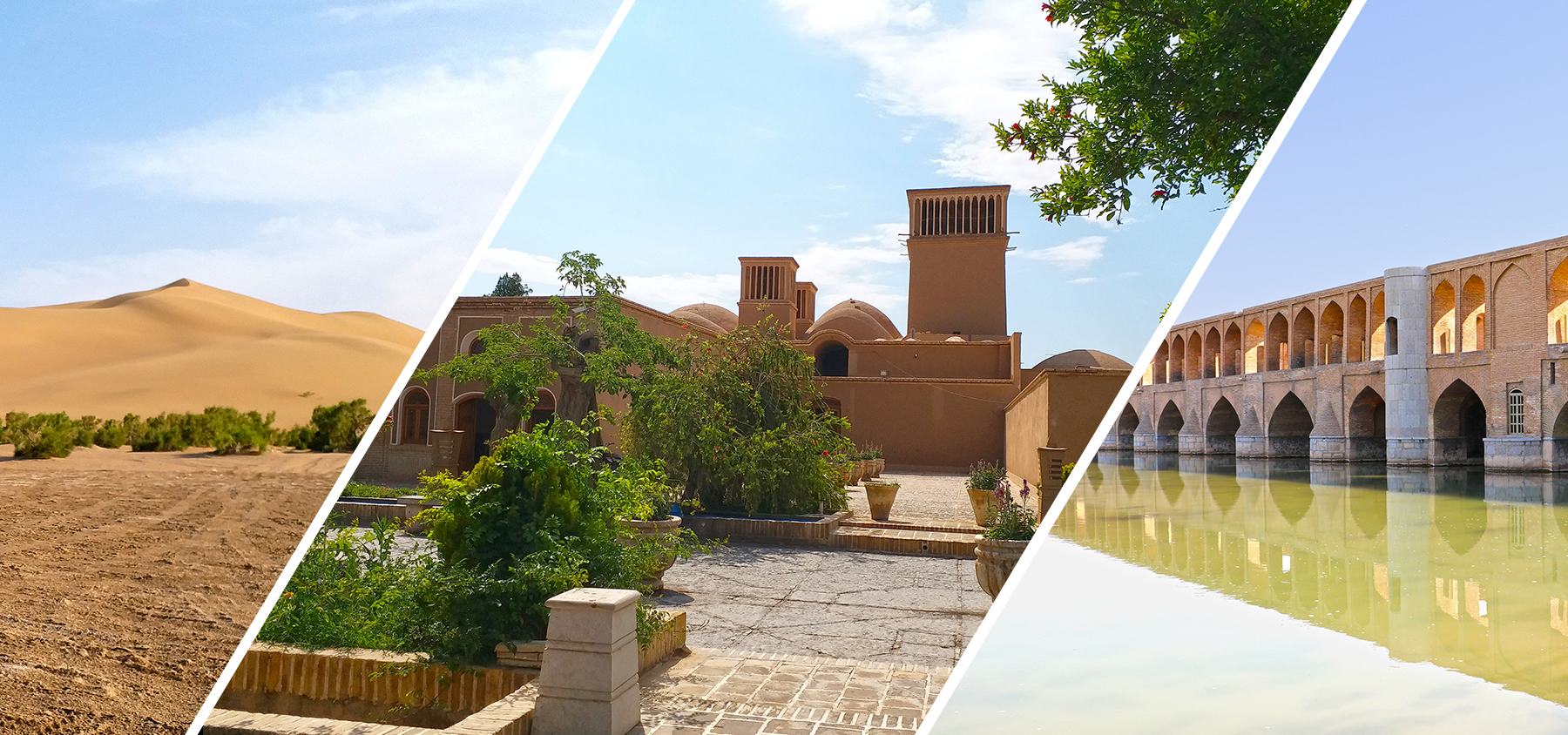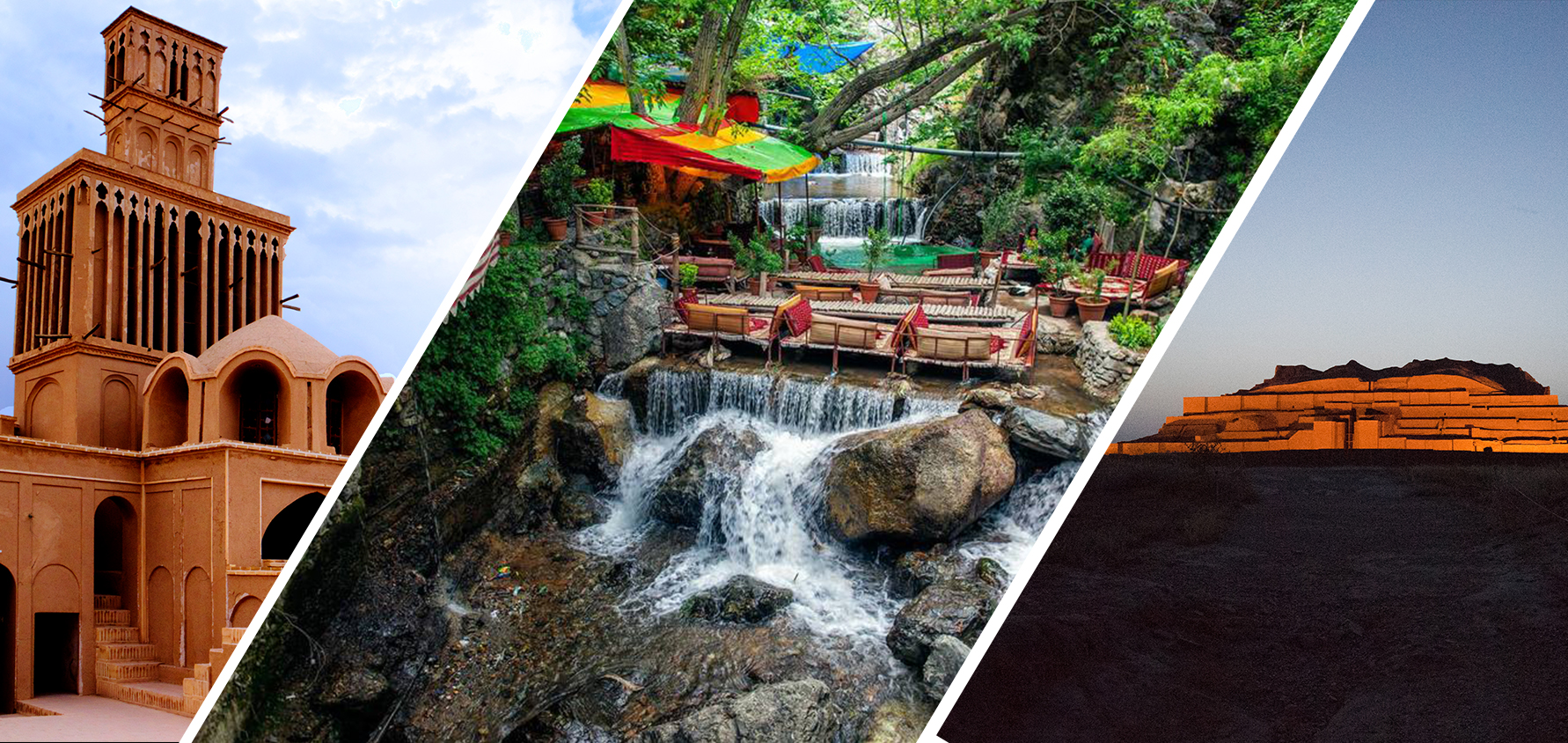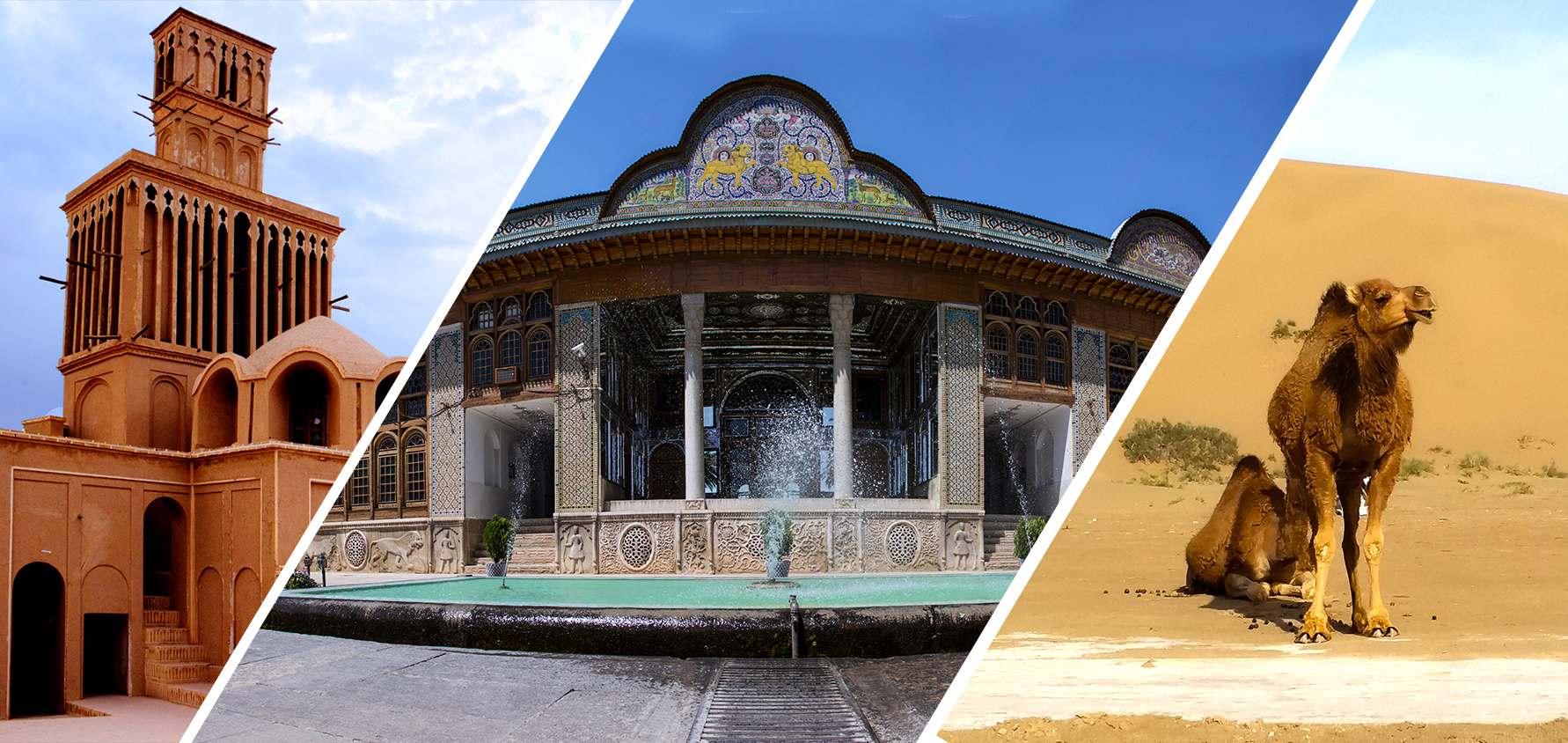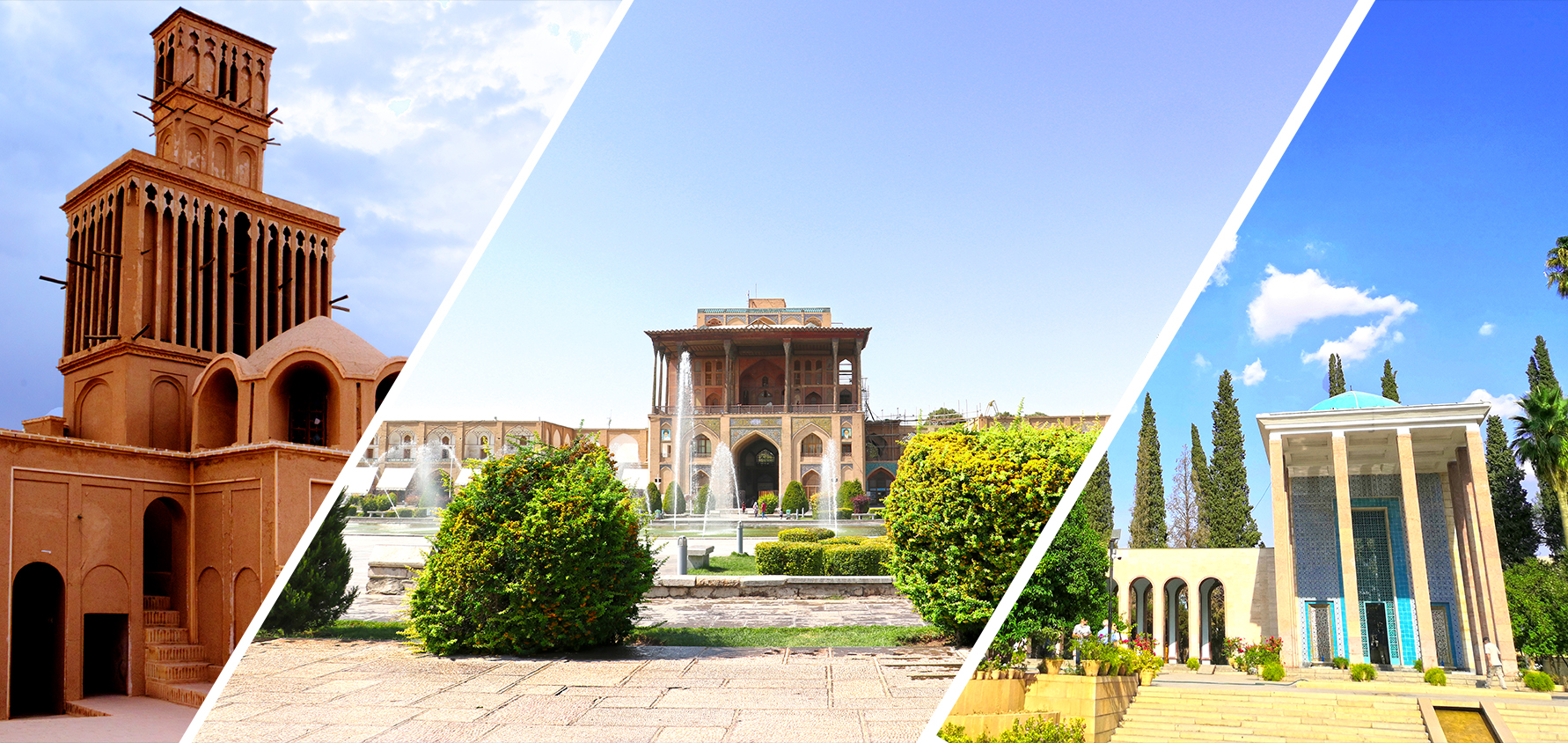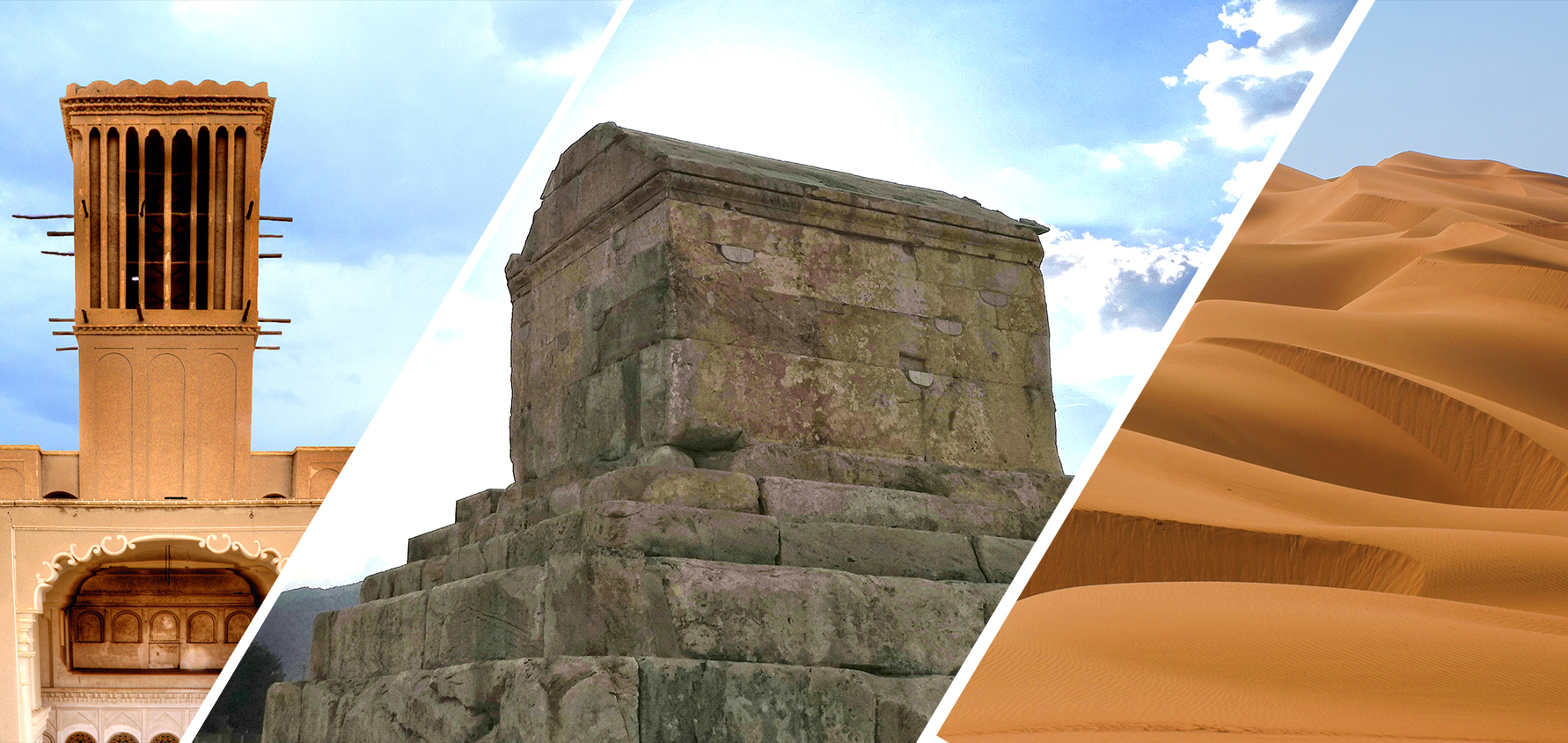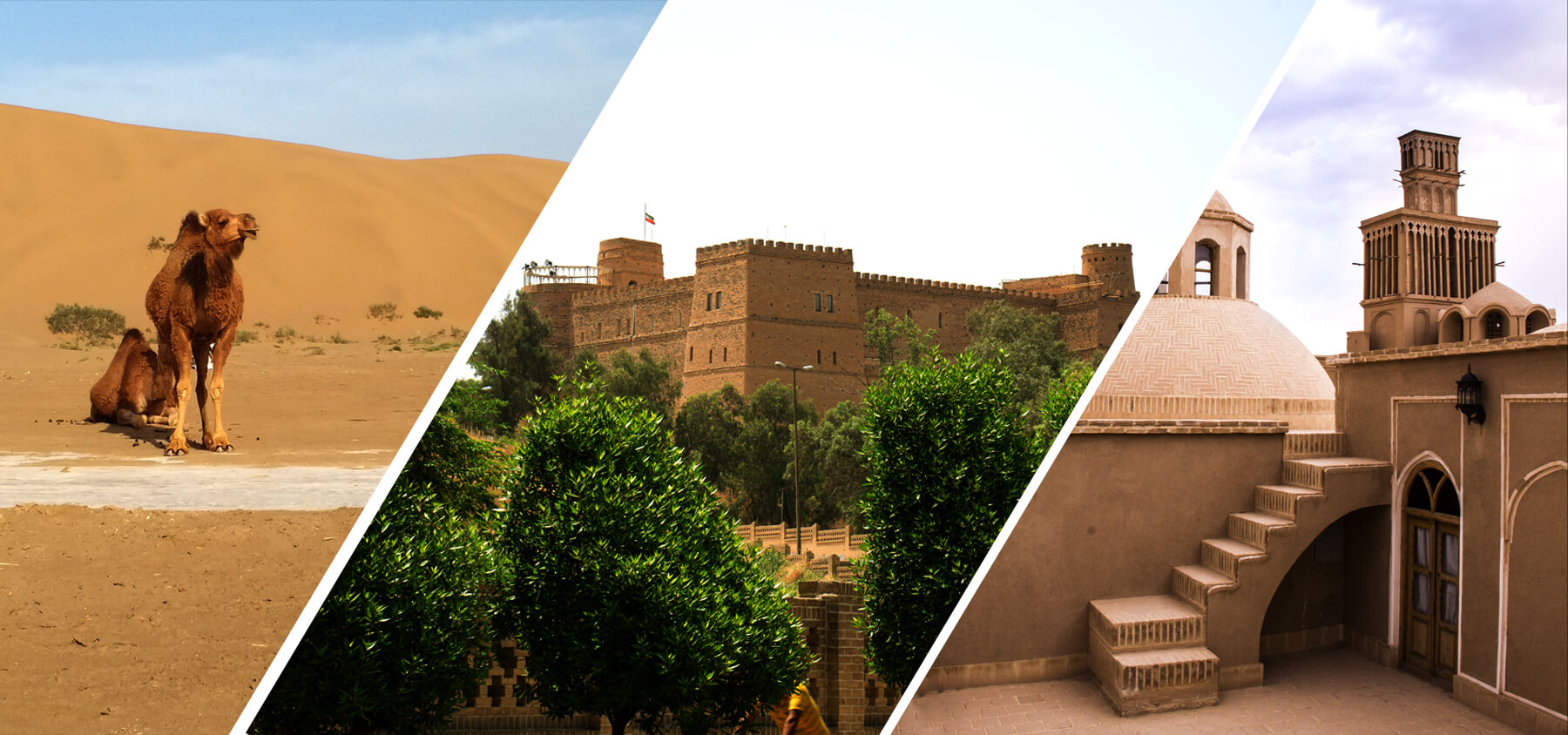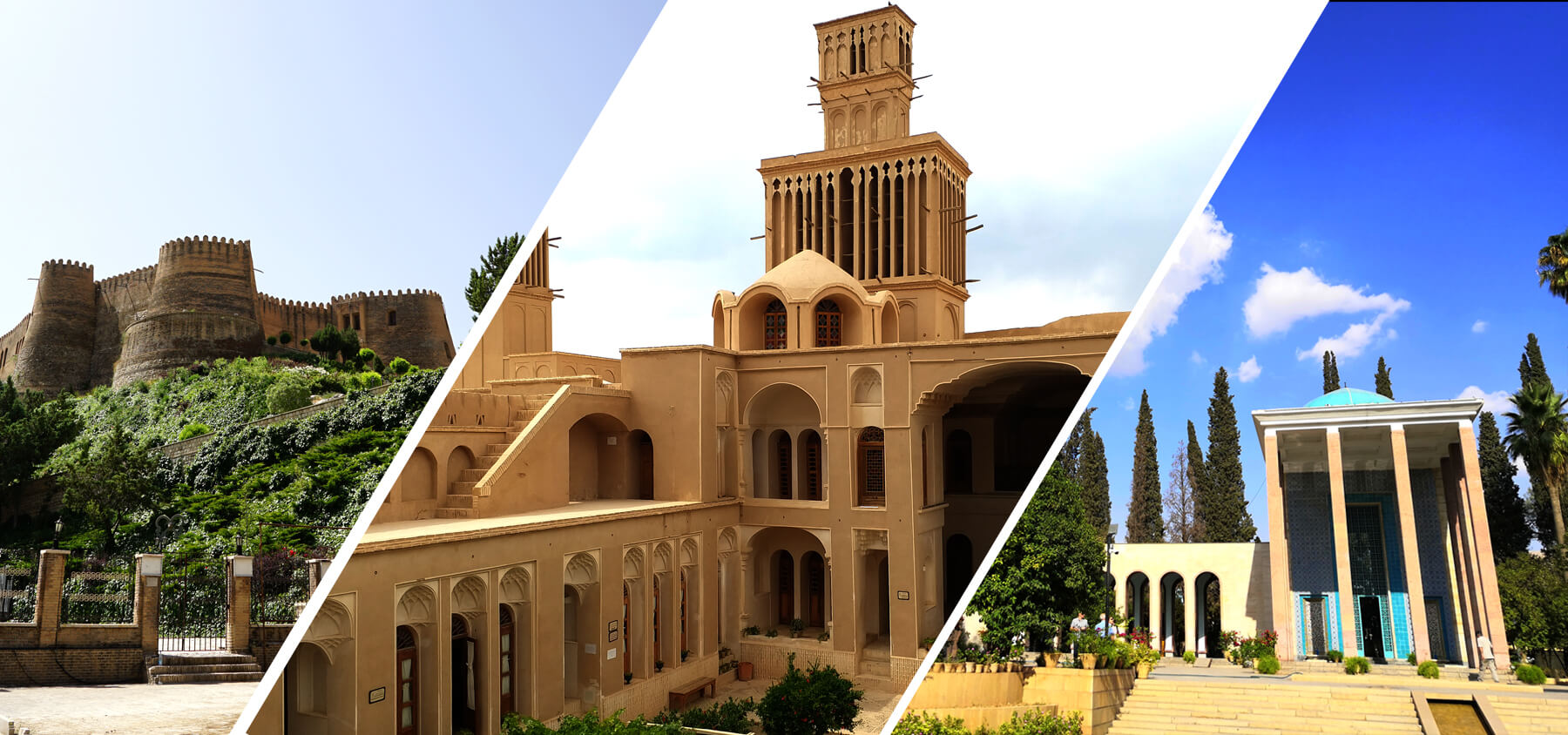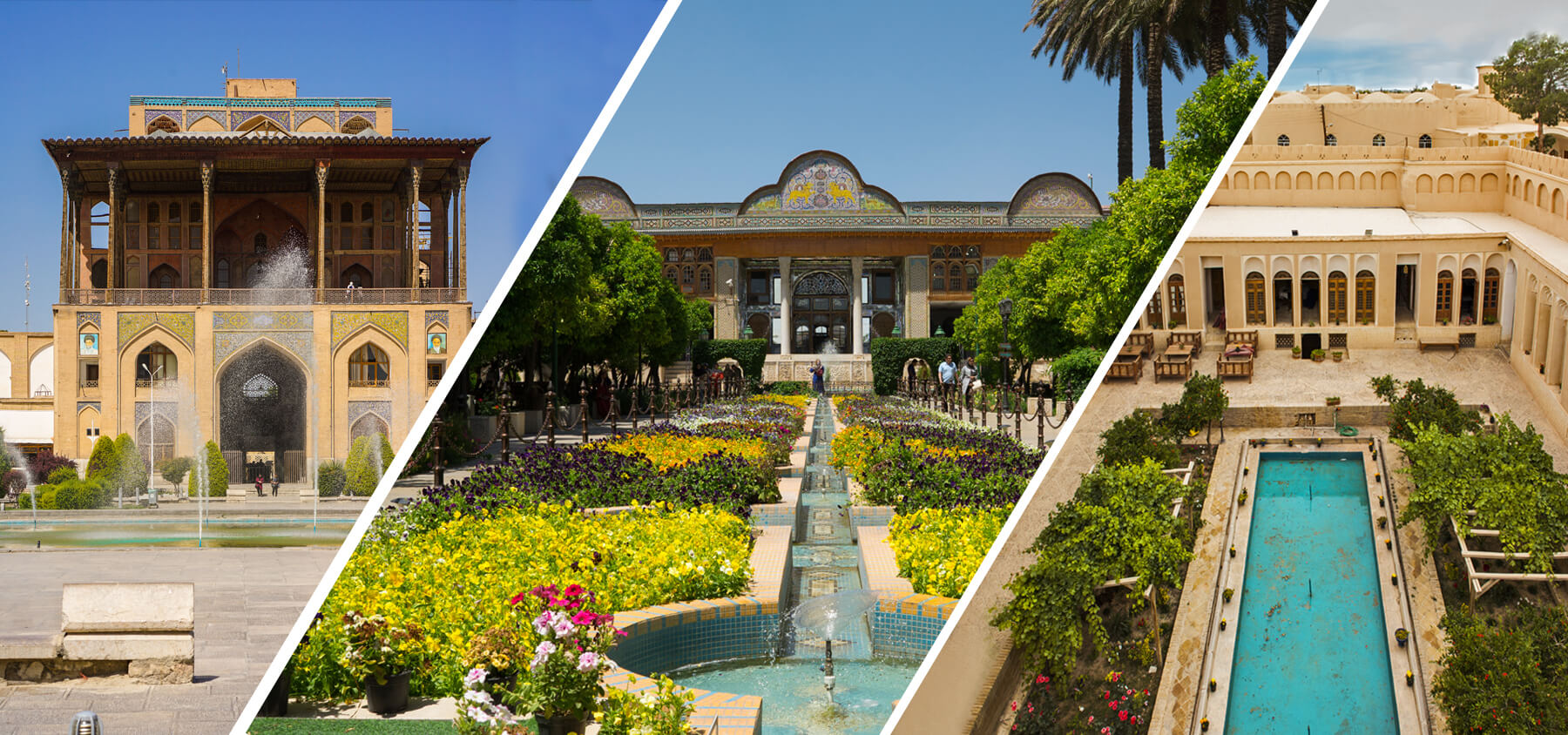HotelsAttractionsRental CarRestaurants
Kashan
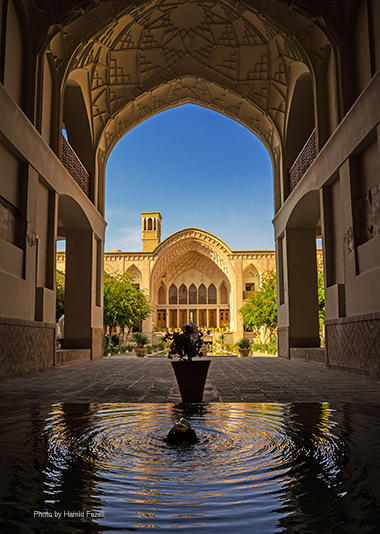 Kashan is an ancient city in the south of Tehran at the margin of Kavir desert in the north-west of Isfahan province. Kashan is popular for its carpet, colorful tiles, flowers, rosewater, bazaar, and UNESCO recognized garden. Also, the city offers the finest traditional residences and historic architectural beauties.
Kashan is an ancient city in the south of Tehran at the margin of Kavir desert in the north-west of Isfahan province. Kashan is popular for its carpet, colorful tiles, flowers, rosewater, bazaar, and UNESCO recognized garden. Also, the city offers the finest traditional residences and historic architectural beauties.Top sights in Kashan
Bagh-e Fin, Hammam-e Fin, Historic Bazar, Hammam-e Sultan Mir Ahmad, Khaneh-e Boroujerdi, Khaneh-e Tabatabaei, Nushabad Underground City, Khaneh-e Abbasian, Masjed-e Agha Bozorg, Tappeh-e Sialk, Saray-e Ameriha
Bagh-e Fin (Fin Garden)
Hammam-e Fin (Fin Bathhouse)
The most popular mansion of the garden is the Hammam-e Fin (the Fin bathhouse). The Bathhouse is most famous for the historical events that have happened there and the most important one of which is the assassination of Mirza Taghi Khan-e Farahani, known as Amir Kabir, the greatest nationalist chancellor of Iran during Naser Aldin Shah-e Qajar era (1848-1851).
There are two (large and small) bathhouses in the Fin garden. The smaller, more ancient bathhouse was constructed during the Safavid period simultaneous with the main garden’s building. This small bathhouse was for the use of servants and local people. Later, by Fath Ali Shah’s order, a larger royal bathhouse was built to be used by the emirs and high-rank officers.
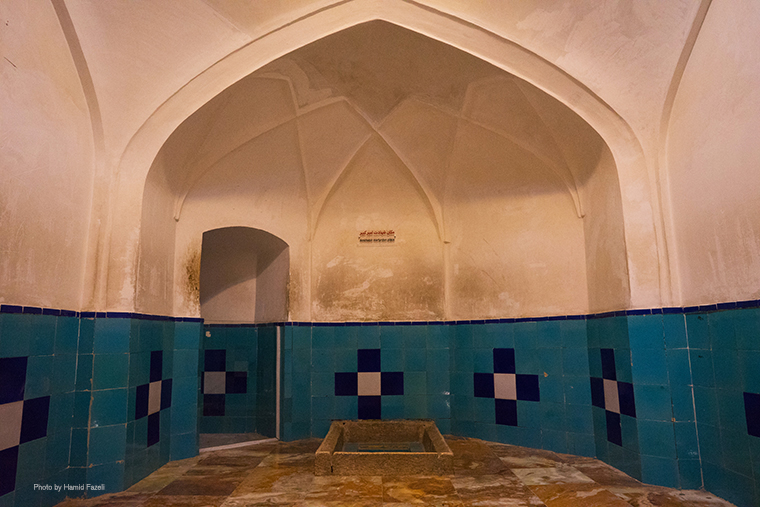
The main bath area, a bathtub, and a waterfall are at the entrance section. Particular involute corridors and walls are seen in different parts of the bathhouse. To prevent moisture penetration, the walls were made and coated with a mixture of sand, iron, and mortar.
Heating of water for the Bathhouse was done by burning plenty of firewood in a place called “Tun”. To prevent water leakage a sheet of copper was placed underneath the “Tun”. An interesting initiative was used to warm the bathhouse floor. The heat was transmitted form the fireplace “the Tun” through channels to the entire floor of the bathhouse.
Kashan Historic Bazar
The Kashan historical market is a precious and diverse collection of traditional and ancient architecture of Iran which presents a lot of architectural practices and techniques from the beginning until the Qajar era. Located in the heart of Kashan, this 3-kilometer long market is considered to be the main commercial and economic center of the city, as well as the main road of communications and services of the city, along with its social, economic and political significance.
The historical background of the first Kashan market is not well known, but considering the existence of workshops and handicrafts (such as coppersmith and etching), especially from the 10th century A.D. in Kashan, the appearance of the market can be considered at least since then. The Bazar developed and flourished during the Safavid era and as the first center for royal celebrations and entertainment new markets called Qaysariya, were built with beautiful architecture in the middle of it. Unfortunately, it was ruined by an earthquake in 1778. Prosperity and development returned to Kashan historical Bazar during Zandieh era and continued in the Qajar era. There are astounding mementos of the artistic architecture of those eras in the Bazar. Constructions such as Timcheh-e Amin al-Dawlah, Soltani great school, and various caravansaries are architectural memorials of the Qajar era.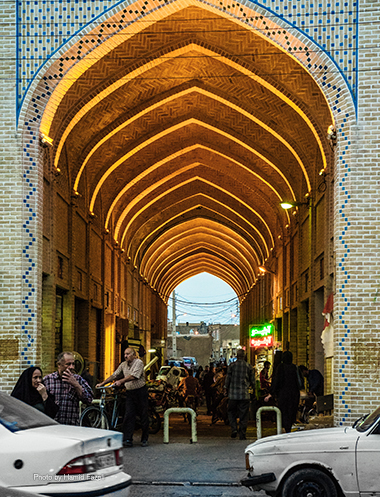
The traditional market of Kashan was also at the peak during the Safavid era especially in the reign of Shah Abbas I, when many tourists visited the market over the years. Gradually the importance of the market diminished. The present market of Kashan was built on the remnants of the old market which is in fact the artistic work of architects in the Qajar era.
The main materials used in constructing the market are adobe, brick, and mud. Thatch and gypsum have been used as a coating, in addition, wood has been used in the walls, latches, arches, and doors.
As a national treasure of Iran, the traditional market of Kashan is one of the most valuable buildings in Kashan. This historic bazaar which houses numerous monuments begins from the middle of Baba Afzal Street and extends till Darvazeh Dolat. These monuments include caravansaries (Mir Panj, Zoghaliha, Ghafarpour, Robat, Boroujediha, Narraqiha), shopping centers (Timcheh Sabbagh, Timcheh Syed Agha, Timcheh Bakhsi, Timcheh Sabbagh, the famous Timecheh Amin Al-Doleh in Mianchal bazar), water pools (Abanbar-e Bala Bazar, Abanbar-e darb Zanjir), and mosques (Masjed-e Meidan Mir Emad, Hosseinyh-e Sorakh-e Soleiman, Masjed-e Kafsh Duzha, Majed-e Bala Bazar, Majed-e Tomaqachiha).
There are many business activities in every part of the traditional Kashan market, for example, coppersmith, dyeing, shoemaking, selling fabrics, and dressmaking. In addition souvenirs of Kashan such as sweets and distillates like the famous Kashan rose water are presented in the Bazar.
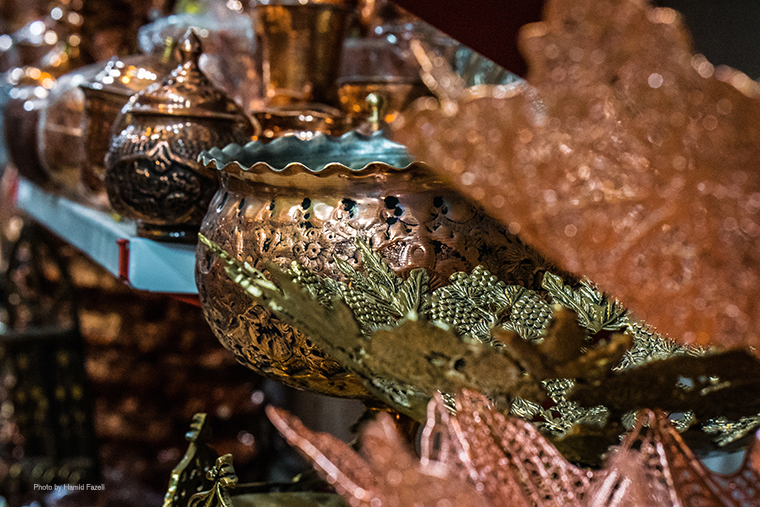
Covered passageways with different lengths, which, in addition to hundreds of shops, include spaces such as Chahar Soqh (Bazar intersection), caravansaries, and squares are what constitutes the basis of architecture in Kashan’s bazaar.
One of the constituent spaces of the Kashan market is the Char Souq (intersection). Char Souq is the junction of two passageways of Bazar with high magnificently decorated roofs. Char Souq-e Amin and Char Souq-e Mianchal are two examples of such junctions.
Sultan Amir Ahmmad historic Bathhouse
This Iran’s national treasure was constructed in the 16th century during the Safavid era and was renovated in Qajar era after the earthquake of 1778. However, to the belief of some, the evidence found after the earthquake reveal that the bathhouse was originally built during the Seljuk era. This 1100 square meter bathhouse was also renovated in 1996 by Kashan municipality. The usage of the bathhouse was changed to a traditional dining room and again later to a museum.
The architecture and decoration of Sultan Amir Ahmmad historic Bathhouse have made it unique among Iranian bathhouses. It consists of two main sections: 1- Sarbineh which is an octagonal area with a pool in the middle and a dome standing on 8 pillars, and 2- Garmkhaneh which is the hot water bathing area with washing rooms around it and the entrance to Khazineh that is also a bathing room. Turquoise and gold tile works, plasterwork, brickwork, and delicate artistic painting features make the decoration of the bathhouse. A type of plaster made of milk, egg white, soy flour and lime known as Sarough was used on the walls. Numerous domes with convex glasses windows make up the roof.
Khane-e Borujerdi (Kashan Borujerdi House Museum)
The Borujerdi house museum is one of the historical monuments of Kashan. A wealthy merchant known as Seyyed Mehdi Borujerdi built the house to please his fiancé and her father Mr. Tabatabaei who was also a rich merchant. Construction of this most impressive house which is the work of 150 craftsmen and artists, started in 1857 and took 18 years to complete. The house was designed by Ostad Ali Maryam who was also the designer of the Tabatabaei House. Stunning frescoes paintings by Kamal Al-Molk, the well-known Iranian artist of the time enhances the historic beauty of the house. Khaneh-e Borujerdi was chosen as the top site to visit in Iran by UNESCO in 2015.
As the traditional architecture of Iran, the Borujerdi House with an area of 3,000 square meters consists of two main sections the Biruni (exterior) and the Andaruni (interior) including a courtyard with a fountain pool and an Iwan (balcony). The Biruni is the outer section of the house where guests were attended, whereas, The Andaruni is the inner section where the only immediate family was allowed to enter. A water pool with fountain is constructed in the center of the courtyard with elaborate decoration. Borujerdi’s house was designed and constructed in accordance with the climatic conditions of the desert region of Kashan. Three 40-meter-tall Badgirs (windproof) are erected on the main hall and one over the main entrance. In the heat of the summer, cool natural air constantly flows through the windproofs on top of the roof into the building.
Divers and elegant artistic decorations like plasterwork, glasswork, mirror work and featured frescoes, the ingenuity, and creativity of the architecture especially in the unique composition and the exceptional indoor courtyard, have made the Borujerdi House the most famous and most important historic house in Iran and hence, the most popular touristic sites.
Tappeh-e Sialk-e Kashan (Kashan Sialk mound)
The ancient archeological site of Tappeh-e Sialk is located 3 km southwest of the Fin Garden in the suburbs of Kashan. The ancient mound of Sialk is known to be the first urban civilization in the central part of Iran, which has a valuable historical heritage, such as the earliest handmade brick, the Sialk ziggurat and engraved pottery.
Sialk civilization originated nearly 5000 B.C. as a result of a large water source namely Cheshmeh-e Soleiman (“Solomon’s spring”) which has been bringing water to this area from nearby mountains for thousands of years.
In the early 1930s, a flood washed away the soil in the agricultural lands of the area which resulted in revealing the Sialk mound. Several excavations of Tappeh-e Sialk were conducted by Roman Ghrishman (1933 -1937), Dr. Kamal Shahmirzadeh (1999 – 2004), and Hassan Fazeli Nashli (since 2008). Artifacts like painted potteries, metal tools, containers, precious jewelry, and tiles in addition to buried skeletons and their belongings excavated from the ruins, ended up mostly at the Louvre, the British Museum, the Metropolitan Museum of Art in New York, and the National Museum of Iran and some in the hands of private collectors. According to Ghrishman, Tappeh-e Sialk was actually a religious architecture that served as a place of worship, a Ziggurat for its ancient inhabitants.
The site consists of 2 sections; the north and the south mounds which are 600 meters apart. The northern mound is the oldest. Studies show that the habitation dates back to the seventh millennium BC. Two main cultural periods have been identified in the north mound, namely Sialk 1 and Sialk 2. Sialk 1 is the oldest with primary architecture and rough ceramic works. Metalwork first appeared in the Sialk 2 period. Evidence found in this period shows a rise in connection with the outside world. The south mound includes Sialk 3 and 4 periods. Sialk 3 corresponds to the fifth millennium and the beginning of the fourth. This period is the elaboration of architecture with molded bricks, the use of stone and crafts, especially metalwork.
The walls of the houses were painted with ocher. The dead were buried beneath the floor of the rooms, which lacked a brick or stone floor. They were buried in the form of squat some with abundant precious belongings and some with worthless objects.
The underground city of Ouyi (Noushabad)
The underground city of Noushabad (Ouyi) is one of the most astonishing underground cities in the world. The city located 5 km north of Kashan is considered to be a remarkable piece of ancient architecture.
The history of the city dates back to about 1,500 years ago in the Sassanid period, which is said to have been the Sassanid capital during the reign of the Anoushirvan. The Noushabad underground city which is considered as a masterpiece of Sassanid architecture was discovered by chance in 2006 when someone dug a well in his home.
What is known as the “Ouyi” underground city is an aggregated, wide speared, and complex structure of narrow and curved corridors, small chambers, canals, water wells, and vertical tunnels constructed in three levels between 4m to 16m dip under Noushabad city which stretches 4 kilometers from the historic fence to the ground level. Archaeologists have found evidence that the underground city was hand-carved using a sharp diamond-hard object.
The first floor was in fact a complex of by-ways, defensive and protective traps, and corridors constructed to mislead or to confront potential enemies. The second and third floors were used as a shelter and storage place for supplies in life-threatening situations and or as a place to provide a respite from the desert summer heat. In addition, passage tunnels were constructed to connect houses and social centers, such as the bathhouse and the mosque as well as the castle located nearby to the underground city. The inhabitants used the underground to move from one place of the city to another in times of insecurity. For instance; during the Mongol invasion, the underground was used to protect the people. Several entrances have been identified for the underground city, many of which along with many details of the city has been lost due to flooding and the passage of the time. However, some pottery has been found dating back to the Sassanid era.
Vertical tunnels were used as passageways between levels and the U-shaped tunnels were used for ventilation. The ventilation system operates on the basis of the difference between the inside air pressure with the outside, which makes it possible for the air to circulate through the underground city. Passage tunnels were constructed to connect houses and social centers, such as the bathhouse and the mosque as well as the castle located nearby to the underground city.
Persian Carpet Tour
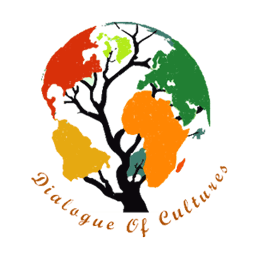
Iran in 50 days, Covering All UNESCO World Heritage Sites and less visited places (Full Board Tour)

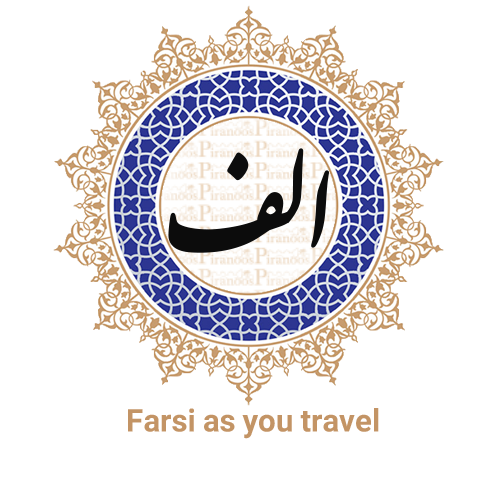
Damavand Ski Tour with Desert in 8 Days
Iran UNESCO Sites in 40 Days


Forty Days & Nights


The Heart of Iran


From Mountains to the Desert


Sand & Sea


Lut


Center & North of Iran


A Month in Iran


Central Iran + Desert Expedition – 8 Days

Southwest to Center + Desert Expedition -14 Days

Isfahan Province+ Tehran – 6 Days

Golden Cities with Mesr Desert – 11 Days

A Glimpse of Iran – 14 Days

Central Iran – 8 Days

Golden Cities – 11 Days

From Ancient Cities to The Heart of Desert – 17 Days

Best of Iran+ Desert in 12 Days
Center of Persia + Desert in 12 Days
Tehran to Isfahan – 5 Days
Tehran to Kashan in 3 Days
Capital to Center of Iran- 8 Days
Capital to Center of Iran with Desert Expedition – 8 Days
Tehran to Dezful – 14 Days
Tehran to Dezful + Desert Expedition- 14 Days
Classic tour – 11 Days
Classic Tour With Desert – 11 Days
Center to West with Desert Expedition – 17 Days
Center to West – 17 Days
The Glory of Iran -17 Days

